In today’s fast-paced world, technology has become an essential part of the education system. The integration of technology in education has not only made the process of teaching and learning more efficient but also more engaging.
One such technology that has been making waves in the education sector is Google Docs. Google Docs, along with other Google Suite tools like Google Slides, Google Search, and Google Sheets, has become a valuable asset for teachers across all grade levels, from preschool to primary school and even beyond.
The goal of this article is to explore the various features and benefits of using Google’s lesson plan template and how it can help teachers to better organize and deliver their lessons.
Google Docs Lesson Plan Template
One of the most useful features of Google Docs is the ability to create a lesson plan template. This template is a document that can be easily customized to meet the specific needs of a teacher or a grade level.
The template includes all the necessary sections for a comprehensive lesson plan, such as the learning objectives, materials needed, instructional strategies, assessment methods, and standards alignment.
Additionally, the template is available in different formats, such as Microsoft Word and PDF, which makes it easy for teachers to share and collaborate with others.
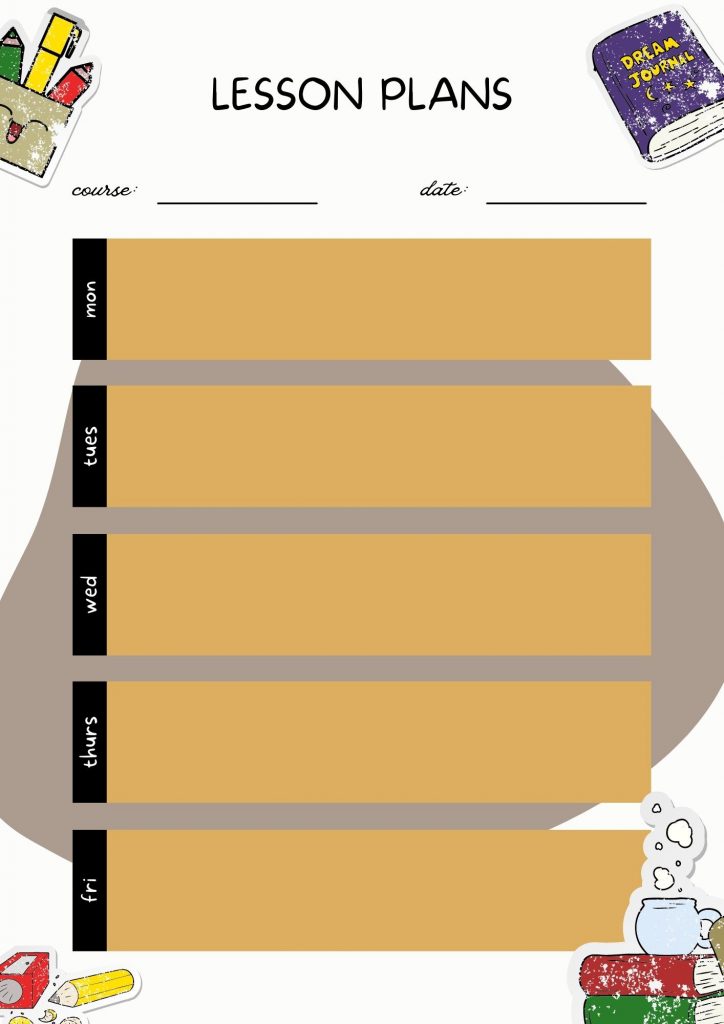
Google Sheets and Weekly Lesson Plan Template
Google Sheets is another useful tool in the Google Suite that can be used to create a weekly lesson plan template. This template allows teachers to plan and organize their lessons on a week-by-week basis.
It includes sections for the date, subject, learning objectives, materials needed, instructional strategies, and assessment methods. Additionally, the template can be easily customized to include any additional information a teacher may need.
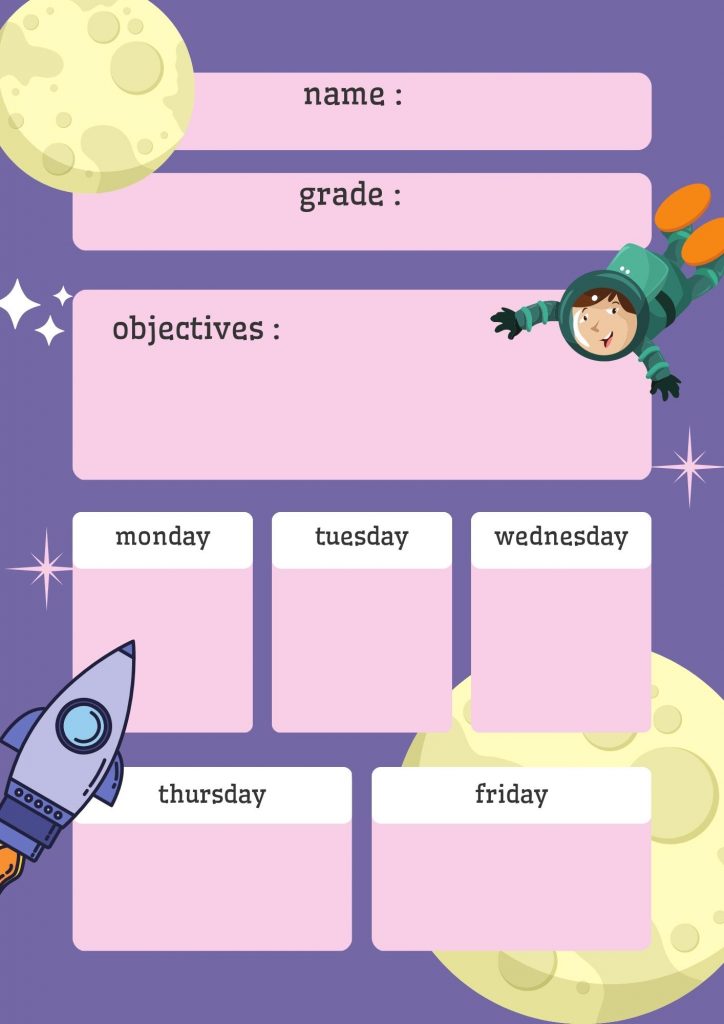
Lesson Plan Templates
There are many different lesson plan templates available online, but the advantage of using Google’s template is that it is easily accessible, user-friendly, and can be shared and collaborated on with other teachers.
Teachers can use the template as a starting point for their own lesson plans or they can use it as a guide to create their own template. The template is also easily adaptable to different grade levels, subject areas, and teaching styles, making it a versatile resource for all teachers.
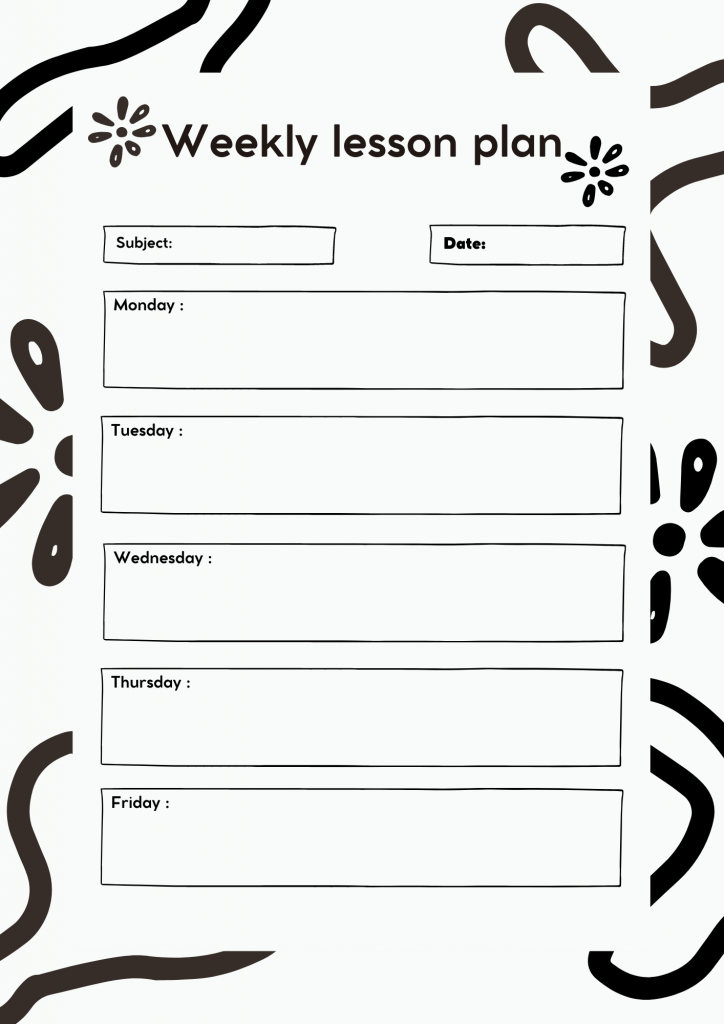
Google Classroom and Daily Lesson Plan Template
Google Classroom is a platform that allows teachers to create and manage a digital classroom. This platform can be integrated with other Google Suite tools, such as Google Docs and Google Sheets, to create a daily lesson plan template.
This template can include sections for the date, subject, learning objectives, materials needed, instructional strategies, and assessment methods, as well as a section for homework assignments and class discussions. The template can also be easily shared with students through Google Classroom, making it a useful tool for both the teacher and the students.
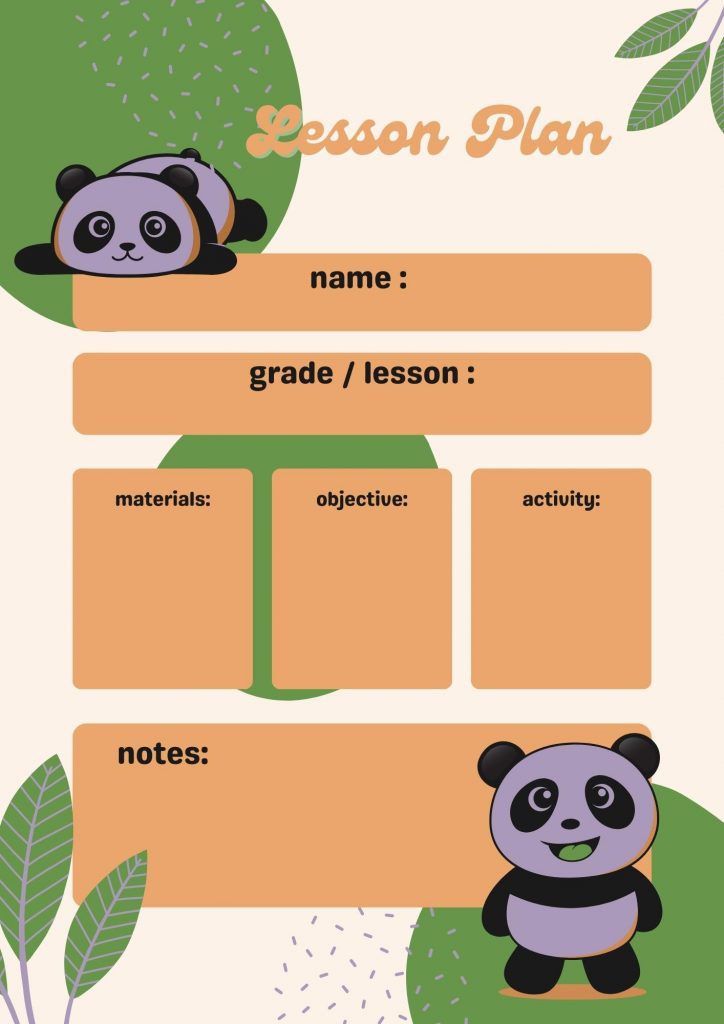
Google Drive
Google Drive is a cloud-based storage service that allows users to store, share, and collaborate on files and documents. Teachers can use Google Drive to store their lesson plan templates and easily access them from any device with an internet connection. Additionally, Google Drive allows for easy collaboration with other teachers, making it a valuable tool for sharing lesson plans and getting feedback from colleagues.
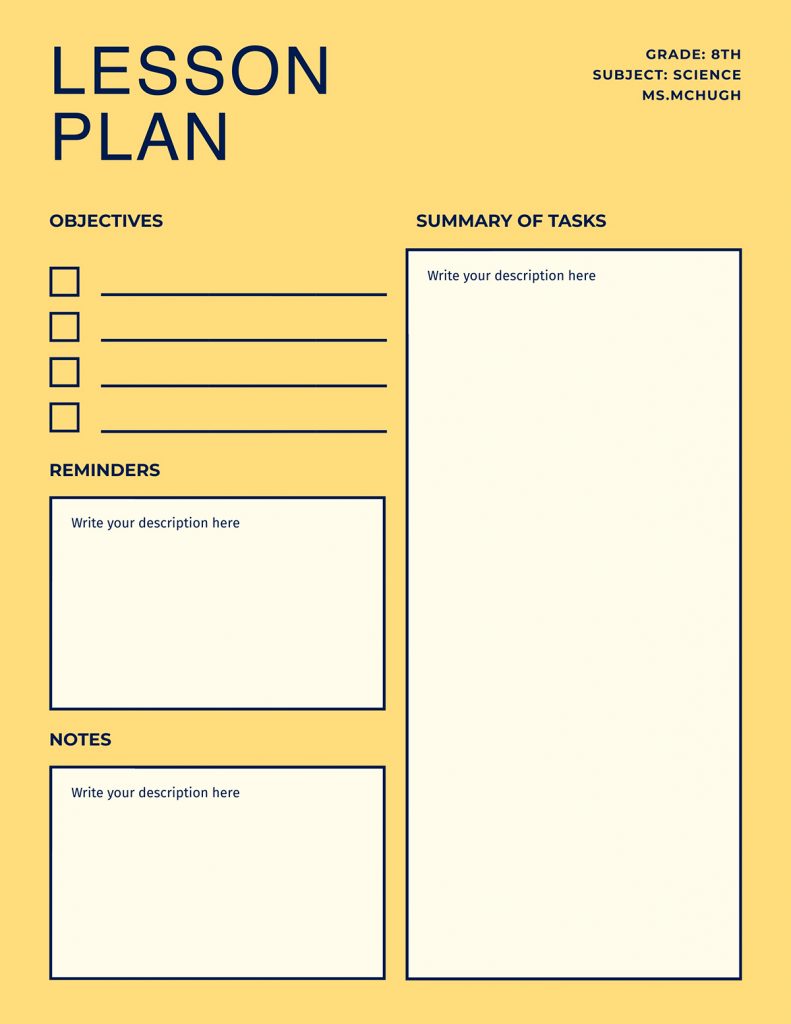
Teachers Pay Teachers
Teachers Pay Teachers is an online marketplace where teachers can buy, sell, and share teaching resources. The website offers a wide range of lesson plan templates, including a Google Docs lesson plan template. This template can be easily downloaded and customized to meet the specific needs of a teacher or grade level.
Additionally, Teachers Pay Teachers offers a wide range of other teaching resources, such as worksheets, activities, and assessment tools that can be used to complement and enhance the use of Google’s lesson plan template.
It’s a great platform for teachers looking for additional support and inspiration when it comes to curriculum planning, as it allows them to search for resources that align with standards such as Next Generation Science Standards or Sheltered instruction for English Language Learners.
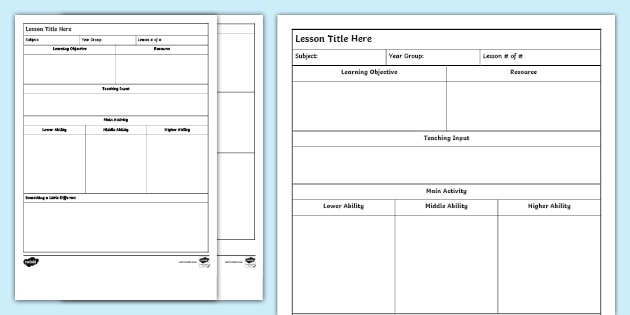
Using Google’s Lesson Plan Template in Practice
Google’s lesson plan template can be used in a variety of subject areas, such as mathematics, writing, art, and reading. For example, a math teacher can use the template to plan and organize their lessons on concepts like geometry and algebra, while an art teacher can use the template to plan lessons on techniques such as color theory and drawing.
The template can also be used for language arts and reading, for example, to plan and organize guided reading sessions or to plan writing workshops.
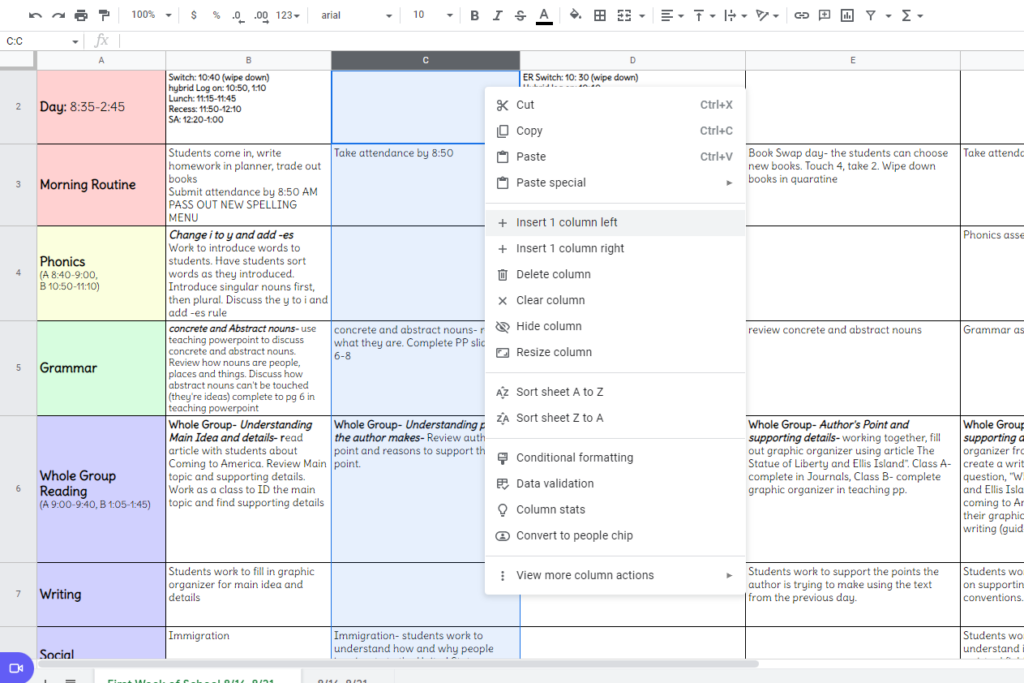
Other Applications of Google’s Lesson Plan Template
The Google’s Lesson Plan template is not limited to classroom use only, it also can be used to plan other events, such as a graduation ceremony or a school event. The template can be used to organize and plan all aspects of the event, including the agenda, the speakers, the logistics, and the technology that will be used.
Additionally, it can be used to create visuals, graphics, or presentations like Microsoft PowerPoint, to make the event more engaging and interactive.
Google’s lesson plan template is an innovative and efficient way for teachers to organize and deliver their lessons. It’s a powerful tool that can help teachers to create comprehensive lesson plans, plan and organize their weekly and daily lessons and even plan events in an efficient and organized manner. The template is easily accessible, customizable and can be shared with others, making it an ideal tool for collaboration.
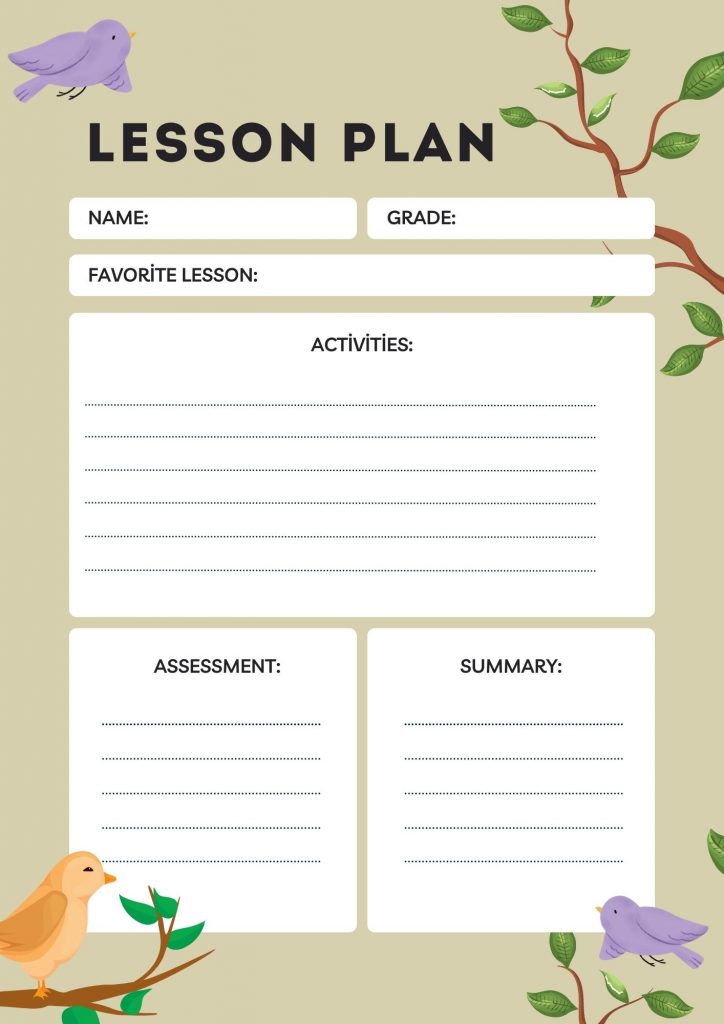
Furthermore, it’s supported by other Google Suite tools like Google Sheets, Google Classroom, and Google Drive and Teachers Pay Teachers, which offer additional resources, making it a comprehensive solution for curriculum planning and organization. As technology becomes more prevalent in education, it’s essential that teachers are familiar with these tools and understand how to use them to enhance the learning experience for students.





